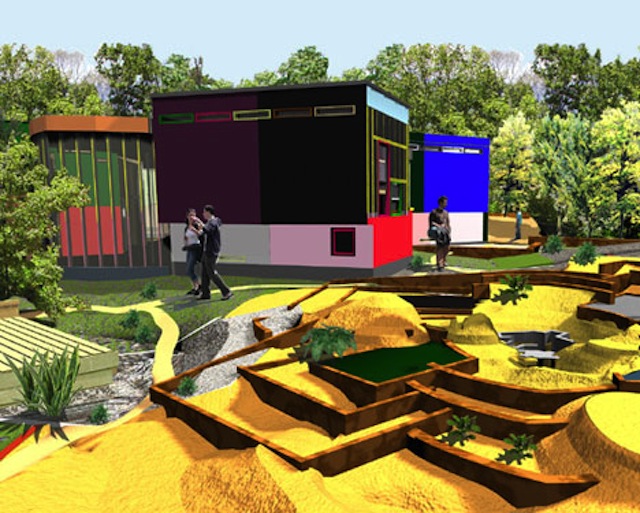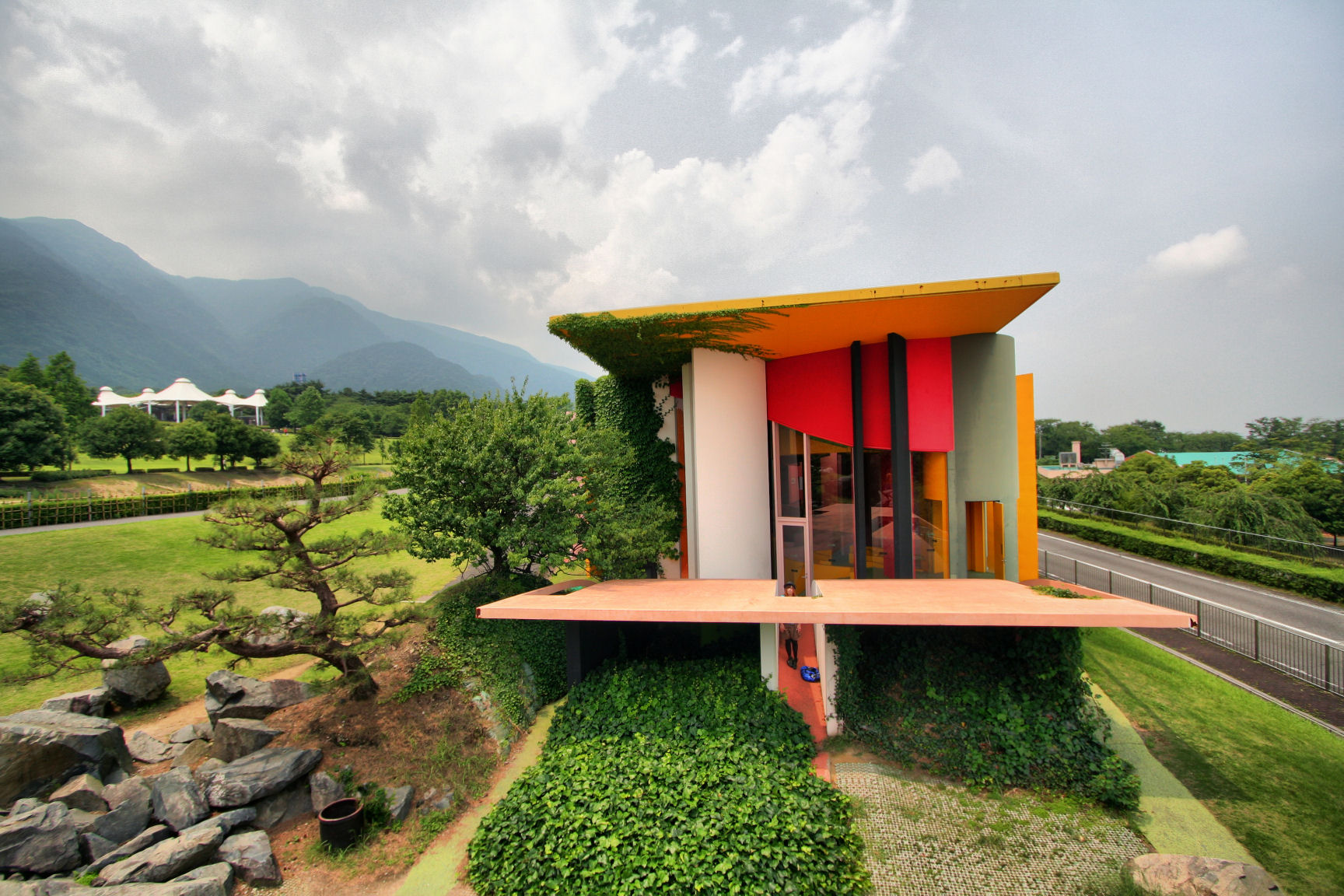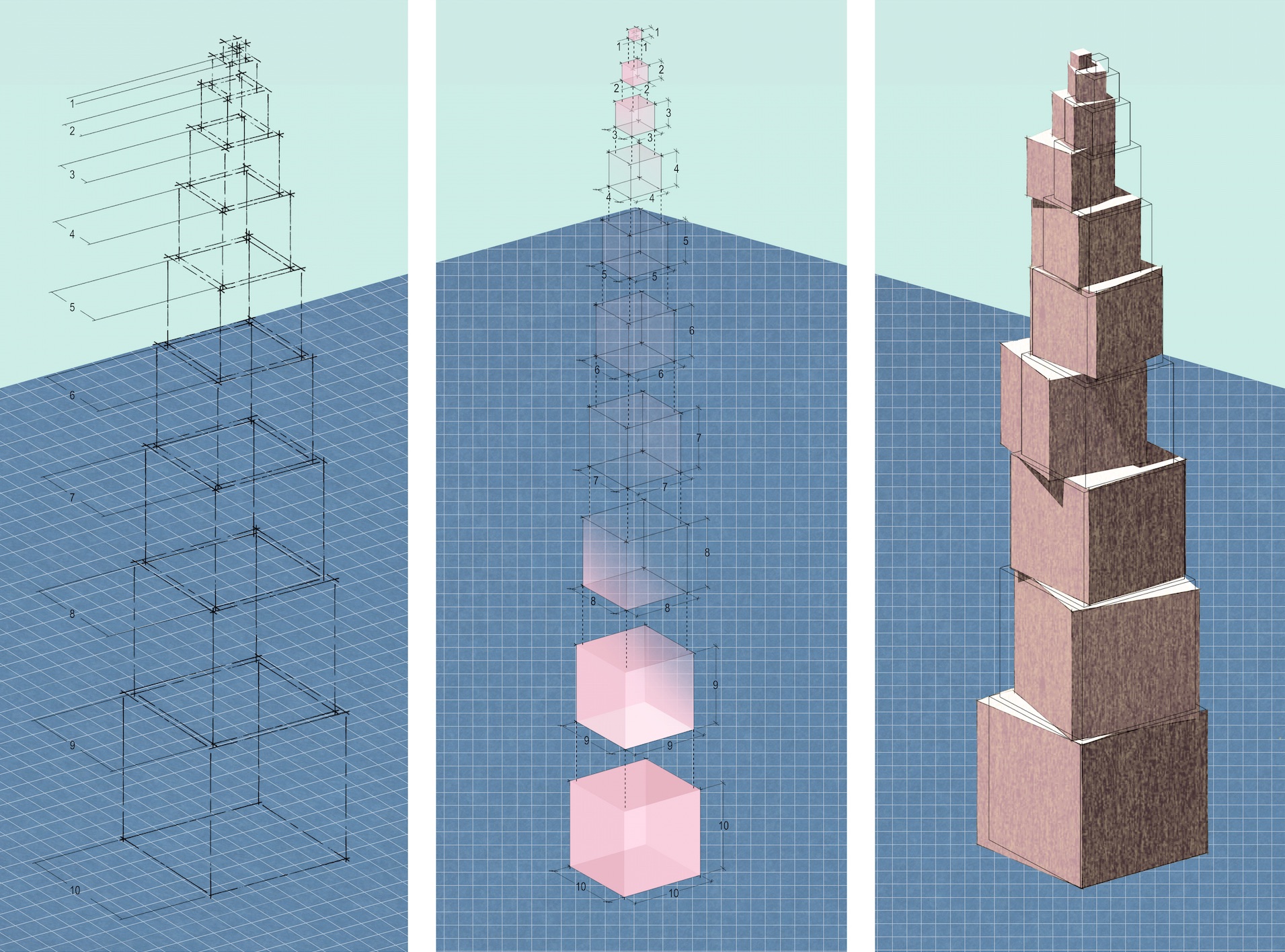Architecture and Montessori
Thoughts & Reflections
Before we opened Baan Dek, we had a vision for what it could become. We mapped out the coordinates, so to speak, and determined, from the start, that architecture, including design and aesthetics, could play an instrumental role in the formation of the school. In our estimations, it was necessary.

Here we were, preparing to follow the interests of our students, and we were surrounded by structures and artifices that were not built to accommodate the specific needs of the children. The toilets were too large and cumbersome, the sinks were difficult to navigate, let alone reach, and it seemed to us that the children would just feel out of place. And, that’s not taking into consideration the edifice itself! Imagine living in a world that wasn’t built with you in mind.
As a result, we decided to seek out some of the best architectural minds in the universe, to tackle this specific set of constraints: how to build a Montessori school for children, one that could intensify their abilities and capacities to learn. After considerable research, and numerous conversations, we decided that the pioneering work being conducted by Arakawa and Gins, was an amplification, or exemplification, of the work of Maria Montessori, and that they would be the perfect collaborators in this project. So, we contacted them.

Arakawa and Gins were so very receptive to our concerns and ambitions, and we just hit it off, exploring the multifaceted intersections, convergences and divergences, of their work, and the practices and methods of Maria Montessori. There’s actually a full scale set of architectural plans for Baan Dek, at the center of a proposed community named Yuma, which would be dedicated to discovering and researching the ways in which we learn and live.

Yesterday, we discovered a number of the original documents that we exchanged with Arakawa and Gins. Perhaps like Kierkegaard’s Victor Eremita, in Either/Or, who unearths a manuscript in a secret compartment of a used writing desk, we uncovered the following questions in a document, in an old paper shredder – defying shredding! Upon our initial exchange with Arakawa and Gins, we composed a number of questions to help us knead out our respective paths.
Here’s one that we thought would be relevant, and that you might be interested to read: “Maria Montessori proposes, in The Secret of Childhood, that the ‘creative urge of life’ is essentially, love. She has a peculiar phrase for this particular articulation: she names it an “intelligence of love”.
Later, in The Absorbent Mind, Montessori posits that, “The child is a well-spring of love. Whenever we touch the child, we touch love. It is a difficult love to define; we all feel it, but no one can describe its roots or evaluate the immense consequences which flow from it, or gather up its potency…” For us, it must be said, there is a logic of life that exists beyond the logic of yes and no and that is the logic of love. We see, in your work, this logic continually being put to work. For instance: in your adamant love for life, at all costs. How would you make our classrooms, classrooms of love blossoming? If nothing else, this work must be precise and rigorously determined, but how do you construct a rigorous love? How intelligent, or sentient must it be? Can the architectural surround touch the love of the children?”
How would you respond? What do you think about architecture and Montessori?

To learn more about the work of Arakawa and Gins, we recommend that you visit their website: www.reversibledestiny.org
Written by:
Baan Dek



